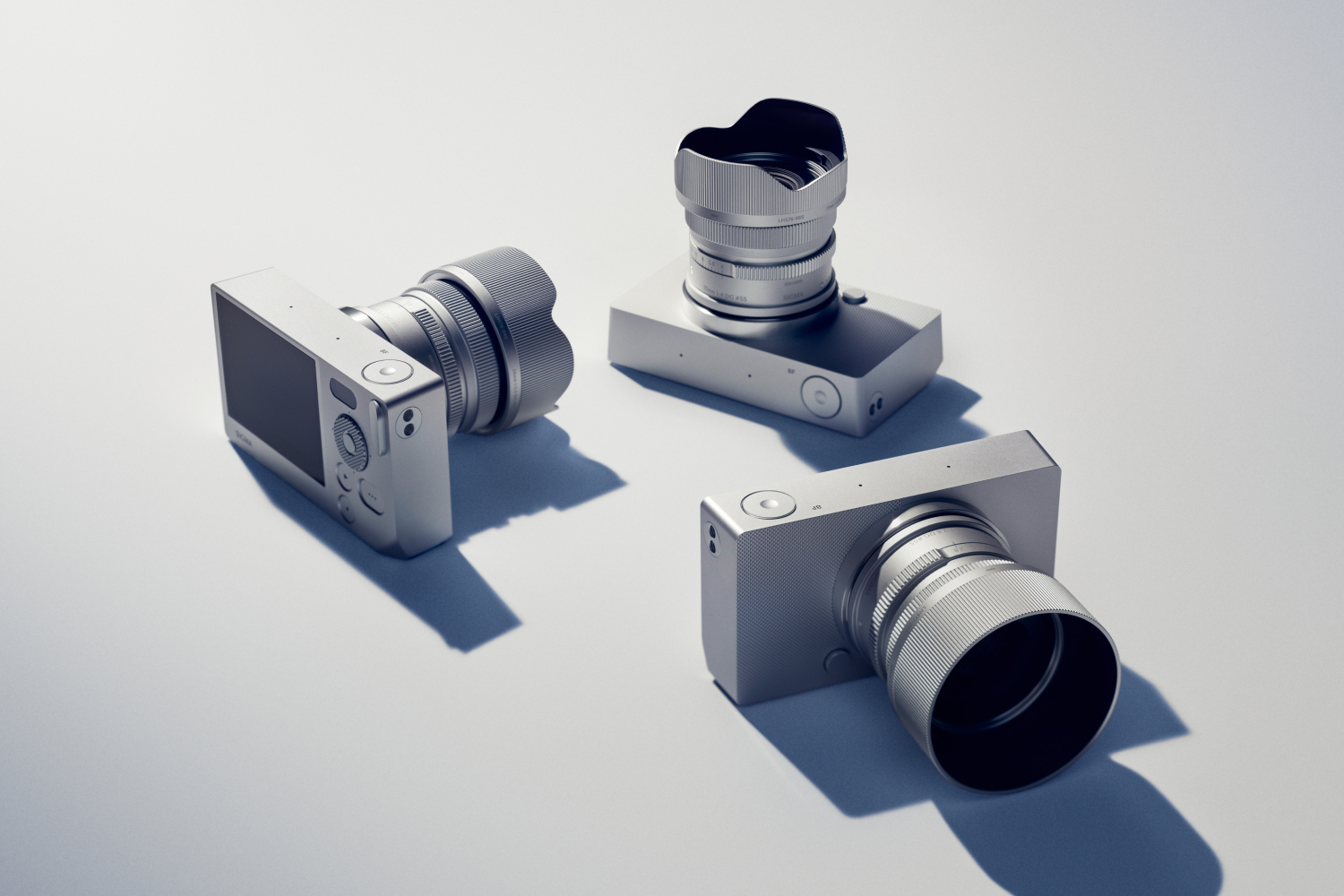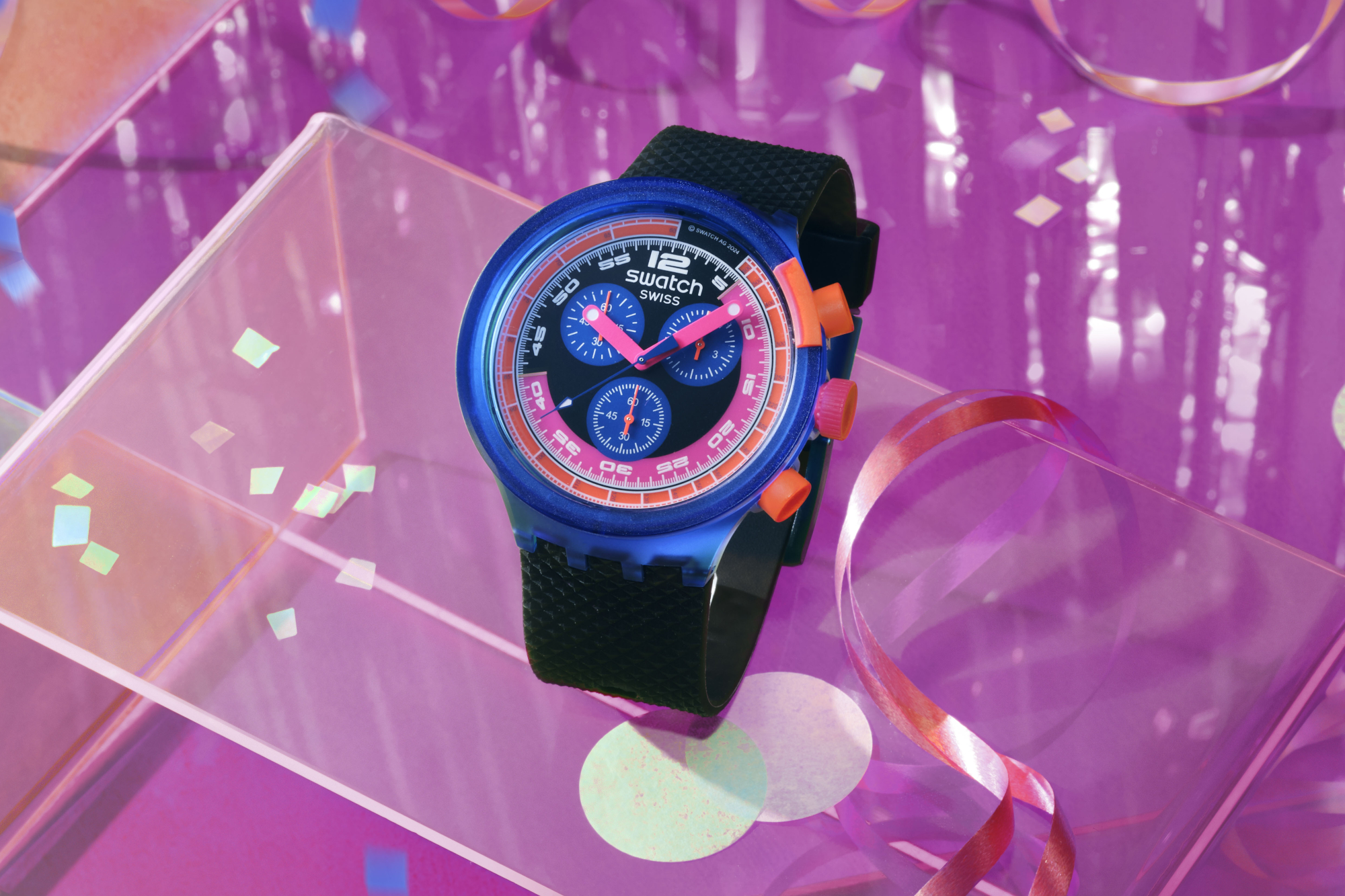Foldable handsets are quickly becoming more refined, durable and popular than ever.
With Google revealing its latest book-style foldable, the Pixel 10 Pro Fold, we’re keen to see how the specs compare to Samsung’s recent slimline alternative, the Galaxy Z Fold 7.
Prior to our review of the Pixel 10 Pro Fold, we’ve highlighted the key differences between the handset and the Z Fold 7 below, to help you decide which Android phone is right for you.
Keep reading to learn more and decide whether the Pixel 10 Pro Fold’s specs suggest it has a space on our best foldables list.
Price and Availability
Unsurprisingly, the Pixel 10 Pro Fold is the most expensive handset in Google’s Pixel lineup, with a starting price of a whopping £1749.99/$1799 for the 256GB model.
While the Pixel 10 Pro Fold is available to pre-order from today (August 20th), the handset won’t be available until October 9th.
The Samsung Galaxy Z Fold 7 isn’t too far off from the Pixel 10 Pro Fold, with a starting RRP of £1799/$1999 for its 256GB handset. After boasting the highest amount of pre-orders for a Galaxy Z foldable in the UK, the Z Fold 7 is readily available to purchase.
SQUIRREL_PLAYLIST_10207783
Samsung Galaxy Z Fold 7 is lighter and thinner
Although the screen sizes aren’t too dissimilar between the Pixel 10 Pro Fold and Galaxy Z Fold 7, which we’ll dive into more later, they surprisingly vary when it comes to their respective dimensions.
Firstly, the Galaxy Z Fold 7 is a seriously lightweight foldable and weighs just 215g, whereas the Pixel 10 Pro Fold measures in at a hefty 258g. In fact, the Z Fold 7 is even lighter than the Samsung Galaxy S25 Ultra, albeit by just 3g.
Not only is the Z Fold 7 light, but it’s also impressively thin too. When closed, the foldable measures at just 8.9mm thick and drops to an unbelievable 4.2mm when opened.
The Pixel 10 Pro Fold, in comparison, is slightly chunkier and measures 10.8mm when closed and 5.2mm when unfolded. Having said that, it’s worth noting that even the Pixel 10 Pro Fold is thinner than the Samsung Galaxy S25 Edge when unfolded.
Google Pixel 10 Pro Fold
Samsung Galaxy Z Fold 7
Samsung Galaxy Z Fold 7 has a larger cover screen
One of the biggest improvements with the Galaxy Z Fold 7 was with its cover screen. At 6.5 inches, with a shorter and wider 21:9 aspect ratio, all encompassed by ultra-slim bezels, this is the first Galaxy Z Fold with an actually usable cover screen.
Not only that, but the Z Fold 7’s cover screen is packed with high-end display technologies too, including an AMOLED panel, LTPO-enabled 120Hz refresh rate and up to 2600 nits peak brightness.
In comparison, the specs of the Pixel 10 Pro Fold do fall slightly short. Instead, the handset has a 6.4-inch OLED display with a 60-120Hz refresh rate and 20:9 aspect ratio. Although it may not quite reach the heights of the Z Fold 7, it isn’t far off and is still slightly bigger than last year’s Pixel 9 Pro Fold, which we still found was usable.

Otherwise, both foldables boast a massive 8-inch internal display, and it seems like the Pixel 10 Pro Fold has saved the high-end technologies for this screen instead. Here you’ll find an LTPO-enabled 1-120Hz refresh rate, although it retains an OLED panel. Comparatively, the Z Fold 7 embraces an AMOLED display, which offers richer colours.


Finally, the biggest issue that many have with foldables is the eye-sore hinge found in the middle of the internal display. As we haven’t reviewed the Google Pixel 10 Pro Fold yet, we can’t comment on how prominent the hinge is in everyday use. However, we were impressed with the hinge of the Z Fold 7, and found it’s much easier to look past – though it is still there if you’re hunting for it.
Pixel 10 Pro Fold has an IP68 rating
In a first for foldables, the Pixel 10 Pro Fold boasts an IP68 dust and water resistance rating. Not only is this the same as the entire Pixel 10 series, but you’ll also find most of the best smartphones, and even some of the best cheap phones with the same high level of durability.
On the other hand, the Samsung Galaxy Z Fold 7 has an IP48 rating, which is the same as its Z Fold 6 predecessor. This essentially means the Z Fold 7 is more vulnerable to smaller specks of dust, sand and dirt.


The Pixel 10 Pro Fold also features a new gearless hinge, which Google promises to be “twice as durable” as the Pixel 9 Pro Fold’s. This, combined with an ultra-thin glass and anti-impact film-coated Flex Display, means the handset should supposedly handle over ten years of folding.
Having said that, the Z Fold 7 includes an Armour FlexHinge system, which is claimed to disperse stress and protect display integrity too. The handset is also kitted out with Gorilla Glass Victus 2 on the rear and Ceramic 2 on the front screen, which helps boost the device’s overall durability.
Pixel 10 Pro Fold has Qi2 charging built in
Another foldable-first for the Pixel 10 Pro Fold sees Qi2 charging built in. Essentially, Qi2 is a form of wireless charging which, when paired with compatible equipment, can support up to 25W speeds.
The Pixel 10 series also introduces Pixelsnap, which allows you to magnetically attach Pixelsnap wireless chargers, stands and more to the back of the device. This is especially useful for the Pixel 10 Pro Fold, as you can purchase the Pixelsnap Charger with Stand and attach it to your phone even when it’s unfolded.


Otherwise, the Pixel 10 Pro Fold boasts the largest battery of a Google foldable to date, at a whopping 5015mAh, which is even larger than the Pixel 10 and Pixel 10 Pro. This mighty capacity promises over 24 hours of battery life, or up to 84 hours with Extreme Battery Saver enabled. Plus, like the Pixel 10, Google says you should expect a 50% recharge in about 30 minutes when using a 30W charger.
In comparison, the Galaxy Z Fold 7 sports a much smaller 4400mAh cell, which we found wasn’t quite a 24-hour device. Instead, on busy days, it would drain to 10% by nighttime, whereas casual use saw us end the day with around 30-40% remaining.
Plus, unlike the Pixel 10 Pro Fold, Samsung has capped the Z Fold 7’s charging speeds at just 25W and 15W wireless. Having said that, we did find in our own tests that the Z Fold 7 reached 49% battery with a 30-minute charge, which is just 1% off Google’s claims.
Tensor G5 vs Snapdragon 8 Elite for Galaxy
Both Google and Samsung offer custom processors for their flagship smartphones, although Google takes it a step further. While Samsung uses a custom version of Qualcomm’s flagship, coined Snapdragon 8 Elite for Galaxy, Google has been using its own custom Tensor G processor since the Pixel 6 series.
The Pixel 10 series sees the launch of the Tensor G5 which, unlike the Snapdragon 8 Elite for Galaxy, prioritises AI capabilities over power and speed.
As we haven’t reviewed the Pixel 10 Pro Fold yet, we can’t comment on its performance. Having said that, based on our experience with last year’s Tensor G4, which powered the Pixel 9 series, we can reasonably expect that although Tensor G5 will likely receive low scores in benchmarking tests, especially when compared to Snapdragon 8 Elite, in everyday use, it will be perfectly efficient.


Most importantly, Tensor G5 will ensure Google’s AI toolkit runs smoothly. With the Pixel 10 series, you’ll not only find Google AI favourites like its photo and video editing suite, built-in Gemini and useful apps like Pixel Screenshots, but there are also new tools found across the line-up.
This includes the Gemini-powered Camera Coach, which is built into the Pixel 10 Pro Fold’s camera and gives you advice on how to capture the best possible photo, based on what’s on screen.
That’s not to say the Galaxy Z Fold 7 isn’t packed with AI features. In fact, Samsung’s Galaxy AI is one of the biggest AI toolkits around, and includes the brilliant photo editing experience, which isn’t dissimilar from Google’s own. Speaking of Google, the Z Fold 7 is also fitted with the likes of Circle to Search and Gemini.
The Z Fold 7 also benefits from the Now Brief and Now Bar, which first launched with the Samsung Galaxy S25 series.
Samsung Galaxy Z Fold 7 has a 200MP main lens
At the time of writing, we’re yet to see a foldable make its way to our best camera phones guide. However, the Galaxy Z Fold 7 has done its best to do so, thanks to its mighty 200MP main lens, which it borrowed from the Samsung Galaxy S25 Ultra (which is on our list). This is paired with a 10MP 3x telephoto lens and a 12MP ultrawide snapper, too.
Overall, we were pleasantly surprised with the trio of rear lenses, with the main snapper especially able to capture consistently sharp, in-focus shots, even when light levels drop.


Google has earned a reputation for offering brilliant photography performance in most of its Pixel handsets – just not in its Fold iterations. The camera specs of the Pixel 10 Pro Fold are seemingly unchanged from the Pixel 9 Pro Fold, with a 48.5MP main, 10.5MP ultrawide and 10.8MP 5x telephoto lens.
While we were disappointed with the secondary lenses, especially as they fell so short of the Pixel 9 Pro XL’s prowess, the main snapper is able to snap brilliant shots across all light levels.
With this in mind, we’d expect the Pixel 10 Pro Fold to offer a similar experience, but we’ll have to wait and see.
Early Verdict
With many foldable-firsts, including an IP68 rating and Qi2 support, the Pixel 10 Pro Fold looks set to be a brilliant option.
However, as its camera hardware remains unchanged from last year’s Pixel 9 Pro Fold, whereas the Samsung Galaxy Z Fold 7 has seen a much-needed upgrade, the latter might be a better choice if you’re an avid phone photographer.
We’ll be sure to update this article once we review the Google Pixel 10 Pro Fold.










